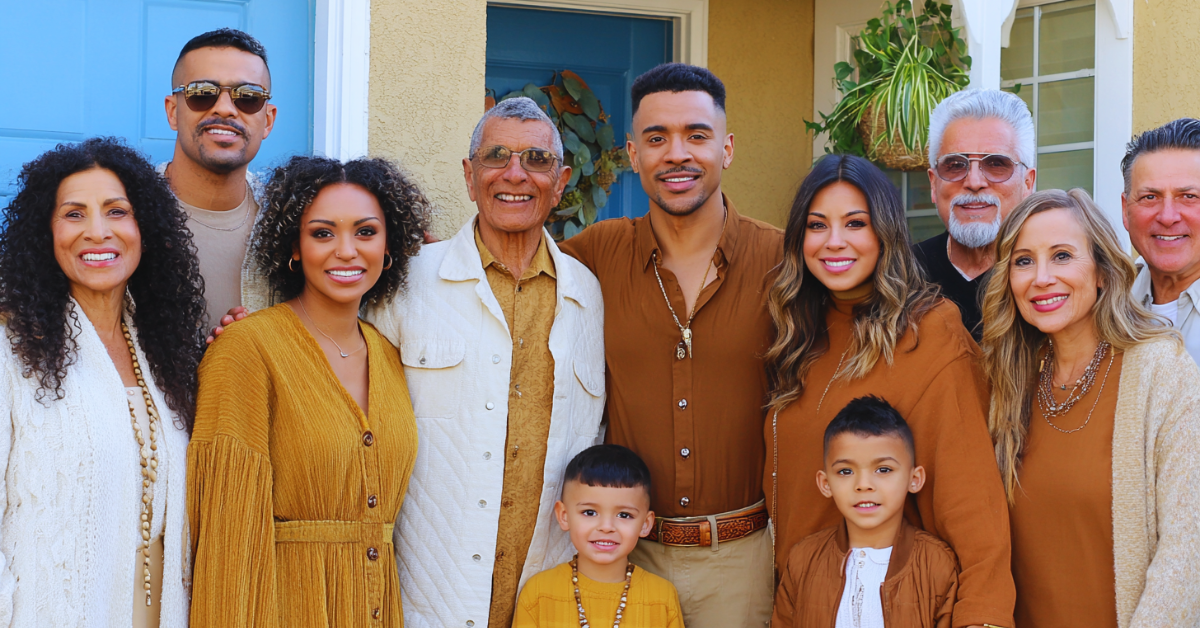Brands that fail to embody diversity in their strategy are missing out on a crucial, fast-evolving opportunity. Multicultural fans across the world are reshaping the rules of engagement, and businesses aiming to capture their attention need to rethink how they show up.
Multicultural audiences are no longer passive consumers; they are dynamic contributors to global culture. Whether it’s cheering for Shohei Ohtani from Dodger Stadium’s vibrant stands or indulging in unique merchandise that blends heritage with style, multicultural fans are redefining how audiences connect with brands. This isn’t just about meeting quotas on representation; it’s about stepping into an ecosystem rich with stories, passion, and shared identity.
If your brand isn’t learning how to engage these fans, you’re already behind.
Understanding Multicultural Audiences Beyond Demographics
Here’s a truth brands forget too often: multicultural audiences are diverse and multifaceted, not a single, uniform group. These segments are defined by nuances in heritage, language, and values. Unlike marketing efforts that categorize by broad strokes (like ethnicity), understanding these audiences requires identifying cultural markers and intersecting influences.
One example? Asian American, Native Hawaiian, and Pacific Islander (AANHPI) audiences are rewriting the rules of content consumption. Nielsen studies reveal that while this group may spend less time glued to the TV, their engagement with live sports far exceeds the general population. They’re not casual viewers; they’re highly involved, subscribing to sports-focused platforms like MLB At Bat or BetMGM. Understanding these layered preferences allows brands to build campaigns that resonate deeply.
Data shows that when brands go beyond surface-level demographics and truly engage cultural identity, audiences respond. AAPI viewers who saw ads featuring their languages or identity groups displayed 48% higher brand loyalty. The takeaway? Lean into the details that make these groups unique.
Authenticity and Representation as Keys to Engagement
Representation on its own isn’t enough. What multicultural fans respond to is deeper authenticity. Seeing a diverse cast in a campaign isn’t meaningful if it’s just tokenism. Consumers want to feel understood through language, traditions, or values.
Dodger Stadium understood this when it hosted Japanese Heritage Night. The event didn’t stop at themed jerseys. Fans could explore Japanese-inspired dishes while vibing to traditional music infused with a contemporary spin. The result? A stadium alive with culture, flavor, and pride that mirrored Los Angeles itself.
For brands, authenticity builds long-lasting bridges. Do it well, and your audience will reward you with loyalty.
Case Studies of Brands That Got It Right
Brands that excel in multicultural engagement don’t wait for trends; they set them. Here’s a look at some notable players that have nailed it.
Nike Jackie Robinson Collection
Nike’s Jackie Robinson Day sneakers honored not just the legacy of the athlete but symbolized pride for African American communities. With bold visuals referencing Robinson’s trailblazing achievements and availability timed around relatable cultural touchpoints, this campaign resonated far beyond baseball fans.
Modelo X UFC
The partnership between Modelo and the UFC went beyond a typical sponsorship—it was a statement of shared values. Tapping into the brand’s “Fighting Spirit” ethos, Modelo teamed up with the UFC and nonprofit Rebuilding Together to revitalize training gyms across the country. The initiative resonated deeply with multicultural communities, especially Hispanic audiences with strong ties to combat sports. By pairing community impact with cultural relevance, Modelo solidified its position not just as a beer brand, but as a champion of grit, perseverance, and representation in the sports world.
Takashi Murakami’s MLB Merchandise
The collaboration between world-renowned Japanese artist Takashi Murakami and MLB was an instant hit. By blending Murakami’s colorful, iconic style with sports apparel, MLB saw diverse and younger audiences flocking to purchase limited-edition merchandise.
Best Practices for Inclusive Campaigns
How can your brand connect authentically with multicultural audiences? Here are takeaways to implement now:
- Engage Experts: Work with a cultural-first agency to ensure your campaigns are authentic and multilayered.
- Localize Content: Go beyond translation. Tailor visuals, music, and language to reflect specific communities.
- Leverage Influencers: Collaborate with influencers who represent and resonate with target groups.
- Celebrate Cultures Year-Round: Don’t confine representation to heritage months or big events. Showcase diversity as brand DNA.
- Encourage Co-Creation: Ask your audience to share their stories, recipes, or fan art. Engagement turns consumers into collaborators.
Building Brand Growth Through Diversity
Now is the time for brands to recognize this powerful shift and step up to meet their fans where it matters most. By leaning into authenticity, listening to audience needs, and crafting campaigns with cultural depth, you’re marketing to fans while creating lifelong advocates.
Now the question is simple. What’s stopping your brand from making the move toward deeper engagement? Start challenging the status quo, and you’ll unlock a world of opportunities. Reach out to Social Revolt today and let’s get started.



